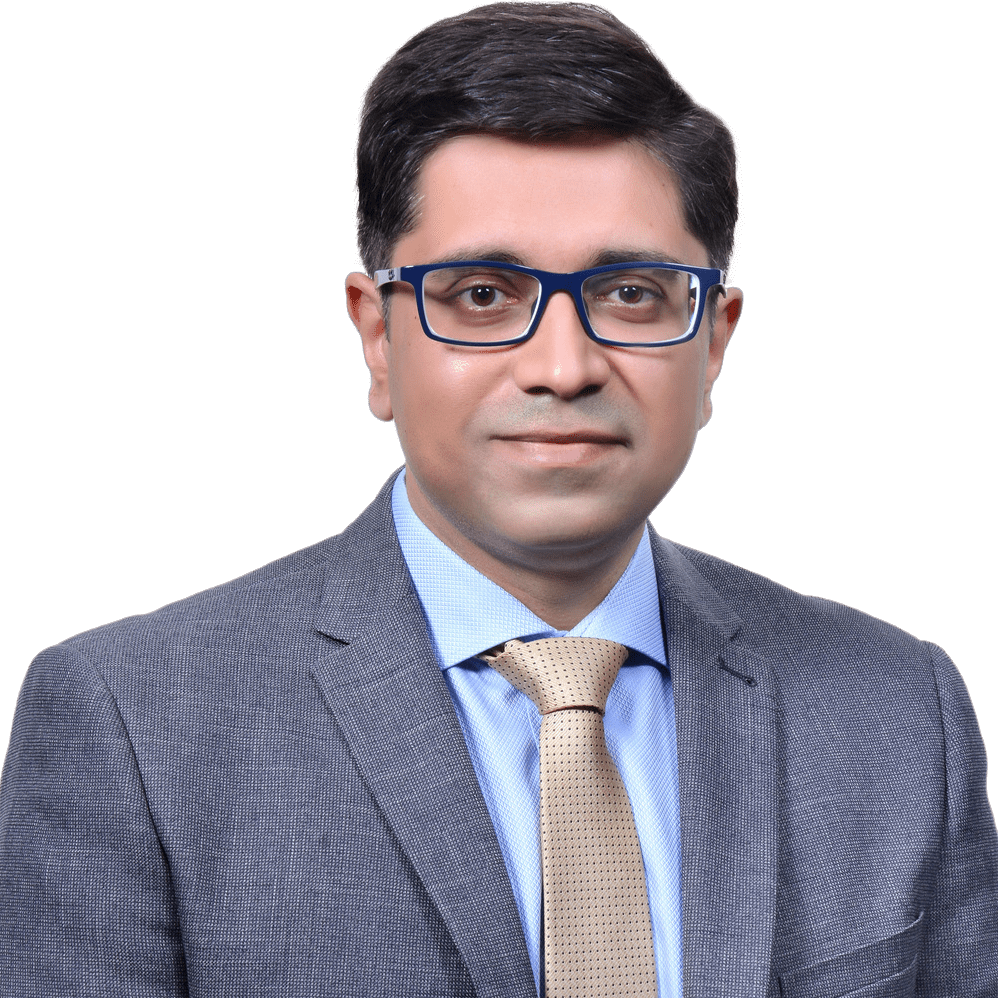A pilonidal sinus is a small hole or tunnel in the skin near the crease of the buttocks, just above the anus. It often leads to an abscess or collection of pus under the skin.
Pilonidal sinus disease is a common condition, especially in young adults, and can cause pain, swelling, and drainage in the affected area. The exact cause is unknown, but it may be related to ingrown hairs and debris collecting in the cleft between the buttocks.
The good news is that most pilonidal sinuses can be successfully managed with proper treatment.
Pilonidal Sinus: 5 Key Points To Understand
- A pilonidal sinus is an infected tunnel caused by ingrown hairs and debris in the buttock’s cleft.
- Symptoms include pain, swelling, and drainage near the tailbone.
- Diagnosis involves examination, and imaging tests sometimes.
- Treatment options include antibiotics, draining abscesses, and surgery.
- Good hygiene and follow-up care are key to preventing recurrence.

What Causes A Pilonidal Sinus?
- A pilonidal sinus forms when debris or hair punctures the skin and infects the tissue underneath. The debris collects in the cleft between the buttocks, encouraging bacteria growth.
- The pressure from sitting can drive the hair or debris further into the skin until a small channel or tunnel forms. This tunnel is called a sinus tract.
- Pilonidal disease is associated with an excess of hair and loose clothing that can collect debris in the cleft of the buttocks.
- Family history can also play a role, as the condition runs in families.
What Are The Common Symptoms of A Pilonidal Sinus?
- Pain, swelling, and tenderness over the tailbone. This can worsen when sitting down.
- Soft tissue swelling or abscess formation near the tailbone.
- Drainage of blood or pus from a small opening in the skin near the tailbone.
- There is a foul smell from the drainage fluid.
- Fever in case of infection.
How Is A Pilonidal Sinus Diagnosed?
- Medical history and physical examination of the affected area. Looking for any openings, swellings, or discharge.
- In some cases, an ultrasound or MRI may be done to see the tunnel or abscess under the skin.
- A dye study is rarely done by injecting dye into the opening to outline the full extent of the tunnel.
How Is A Pilonidal Sinus Treated?
- Antibiotics if infected. Draining any abscess to relieve pain and swelling.
- Keeping the area clean and free of hair. Avoiding pressure on the area.
- Surgery will be performed to open the tunnel so it heals from the inside out. This prevents further abscess formation.
- In extensive disease, cleft-lift surgery to flatten the cleft and reduce hair & debris collection.
- Recurrence is common, so follow-up care and hygiene are important. Inform me if symptoms return.
Final Note From Dr. Rajarshi Mitra
A pilonidal sinus is a small infected tunnel in the skin caused by ingrown hairs and debris. With proper diagnosis and treatment, including antibiotics, drainage, and possible surgery, the condition can be cured. Maintaining hygiene and avoiding pressure on the area helps prevent recurrence.
I hope this overview has helped explain this condition and set your mind at ease. Feel free to ask any other questions.



















